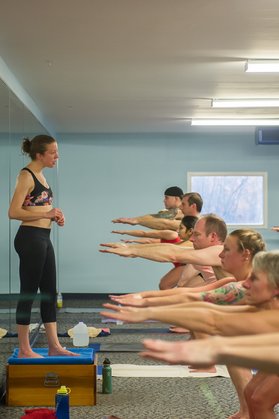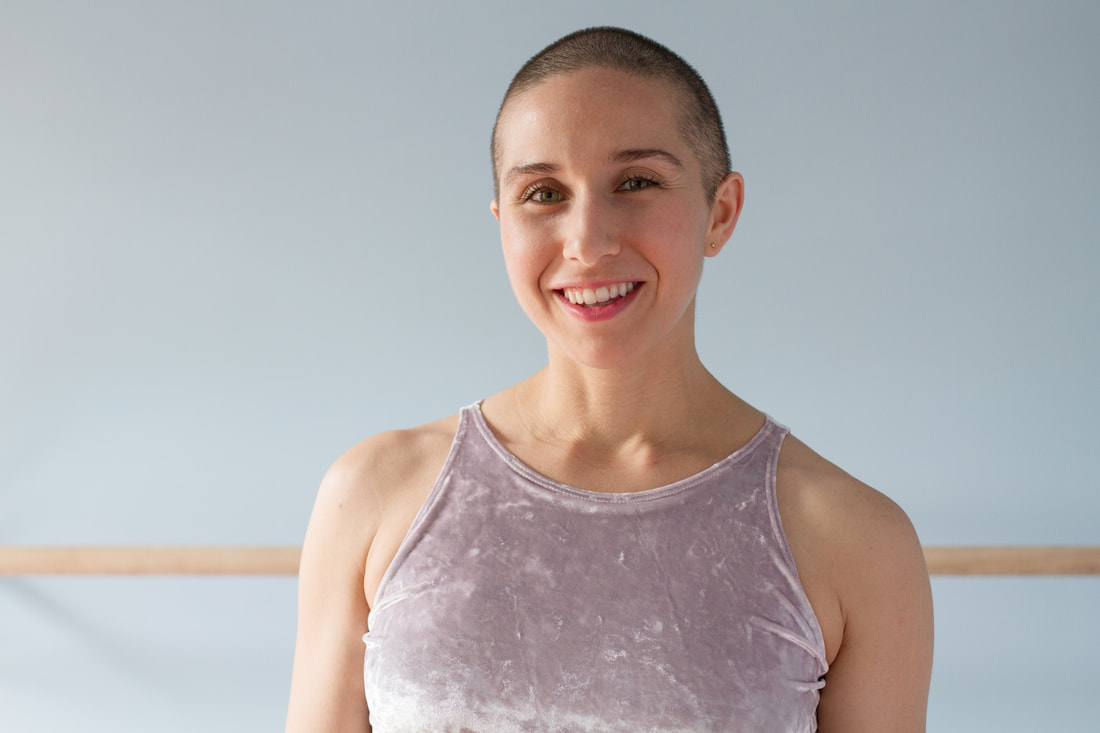 I have been practicing Bikram Yoga since 2006. A back injury I sustained in 1999 limited the activities I could do without pain and a co-worker's encouragement got me into my first class. As a stubborn perfectionist in my 20's, my initial yoga practice was intense, disciplined, and with the singular focus to deepen my postures. After becoming a teacher, practicing consistently over time, dealing with life, and growing as a person, my practice today looks, and feels, WAY different than it did back then! I have always been a rebellious and creative person so it is surprising that I picked Bikram Yoga as my yoga of choice. Here are some tips I use to keep my yoga consistent, nourishing, and healing no matter what is going on. 1) "Just breathe, everything else is optional." - Diane Ducharme-Gardner The most important thing your teachers constantly remind you to do in class is "breathing always normal." If you never did a single yoga posture, but kept your breathing normal, you would still be practicing yoga! If your yoga postures are very pretty on the outside, but you breathe by your mouth, you hold on tightly to your breath, or your breath creates a panicked response in your central nervous system, you are not doing yoga, you are just making body shapes. By breathing normally in and out by your nose you stay present, keep your system calm, and get the intended healing benefits of the postures. Next time you practice, put a little more attention on how you are breathing, especially during the postures you dislike - you may find you dislike them because you are not breathing. 2) Pay attention The dialogue helps to create a moving meditation. When you have been practicing for some time it's easy to tune the teacher out and go at the pace you want to go at. Don't fall into that habit! If you stay with the postures word-by-word, you will deepen the connection between your mind and your body. You will hear different things in the dialogue and you will begin to understand them differently. "Nice and tight contraction" and "completely relax" will each take on new meaning from practice to practice. You will understand your muscles and injuries and sensations in your body. You will start to be able to make better decisions in your practice. Pay attention with your ears, the feelings in your body, and the energy you have on any given day. 3) Adjust your intensity This may be one of the most important lessons I've learned over time. The postures should always be done with the correct alignment and precision of technique. However, the intensity you apply to them should change on a regular basis. If you are feeling great, have gotten lots of sleep, are well hydrated and fed, and have laser beam focus you can practice much differently than if you have been working overnight shifts, have been drinking nothing but coffee, and haven't slept in 3 days. You need to consider yourself in the present moment when you practice because if you don't, you will start to hate your yoga. You should always leave the studio feeling better than you did when you entered it. If you are constantly tired, are in pain, or dread coming back, something needs to change. Give yourself permission to push less, rest more, and perhaps be kinder with yourself during your 90 minutes. Life is crazy and yoga should always make you feel like you can handle it better. If yoga is not helping you, talk to your teachers, they have been there, too, and can help! 4) We're all in this together I recently had a student tell me she was feeling frustrated and discouraged because she felt like everyone else in the room was "getting it" and had great postures and she was the only one that was struggling. Here's a tip from someone that stands on the podium and also stands on a mat - none of us get it and we're all struggling! What I mean by that is you can't tell what is going on with someone internally by looking at them from the outside. I've known people with beautiful looking yoga postures that struggled with chronic pain. I've known people with some wonky looking postures that were so joyous and felt so good in their bodies that you always wanted to be around them. I discover new things about the dialogue and about myself every time I step onto the mat. People share with me every day both their struggles and their successes and how their yoga is so important. Remember that most of us are doing yoga for a reason - because we need it. 5) Simply show up I can't tell you how many times people come up to the front desk terrified of stepping into the room after a long hiatus. They build up the class so intensely in their heads and put huge expectations on themselves for what they need to accomplish. Please go back to the first tip above - just breathe. Most importantly - just show up. The hardest yoga posture you will ever do is Showing-Up-To-Classasana. Bikram Yoga is a beginner's series designed to heal, strengthen, and create resilience in the mind, body, and spirit. Keep this in mind when you step into the room. Take the pressure of performance off yourself an embrace the heat and the healing and the community support of your fellow practitioners. What do you think about these yoga tips? Which one are you most interested in practicing? I can't wait to meet you all and talk everything yoga with you next week! Love, Audrey  Audrey Holst is a Certified Bikram Yoga Instructor, Studio Owner of Bikram Yoga Natick in Massachussetts and professional Stress Reduction Consultant. She will be in residence at BYSJ this May for a whole week- teaching, mentoring our instructors and giving private lessons to you! View Audrey's teaching schedule here.
2 Comments
|
AuthorHHY Founder, Yoga Business Coach, yoga-doer and life-lover, Kay Afif! Categories
All
|


 RSS Feed
RSS Feed
